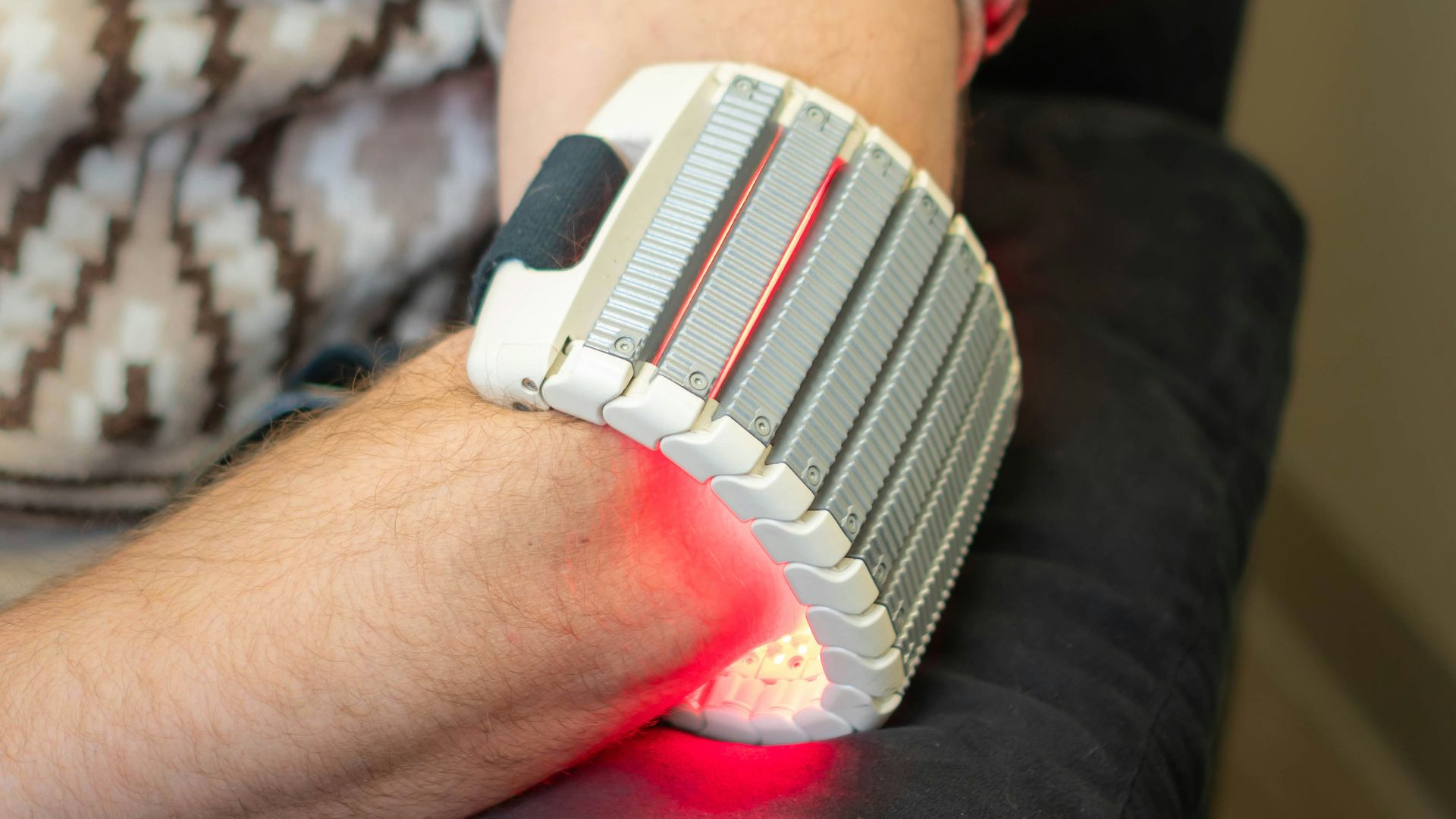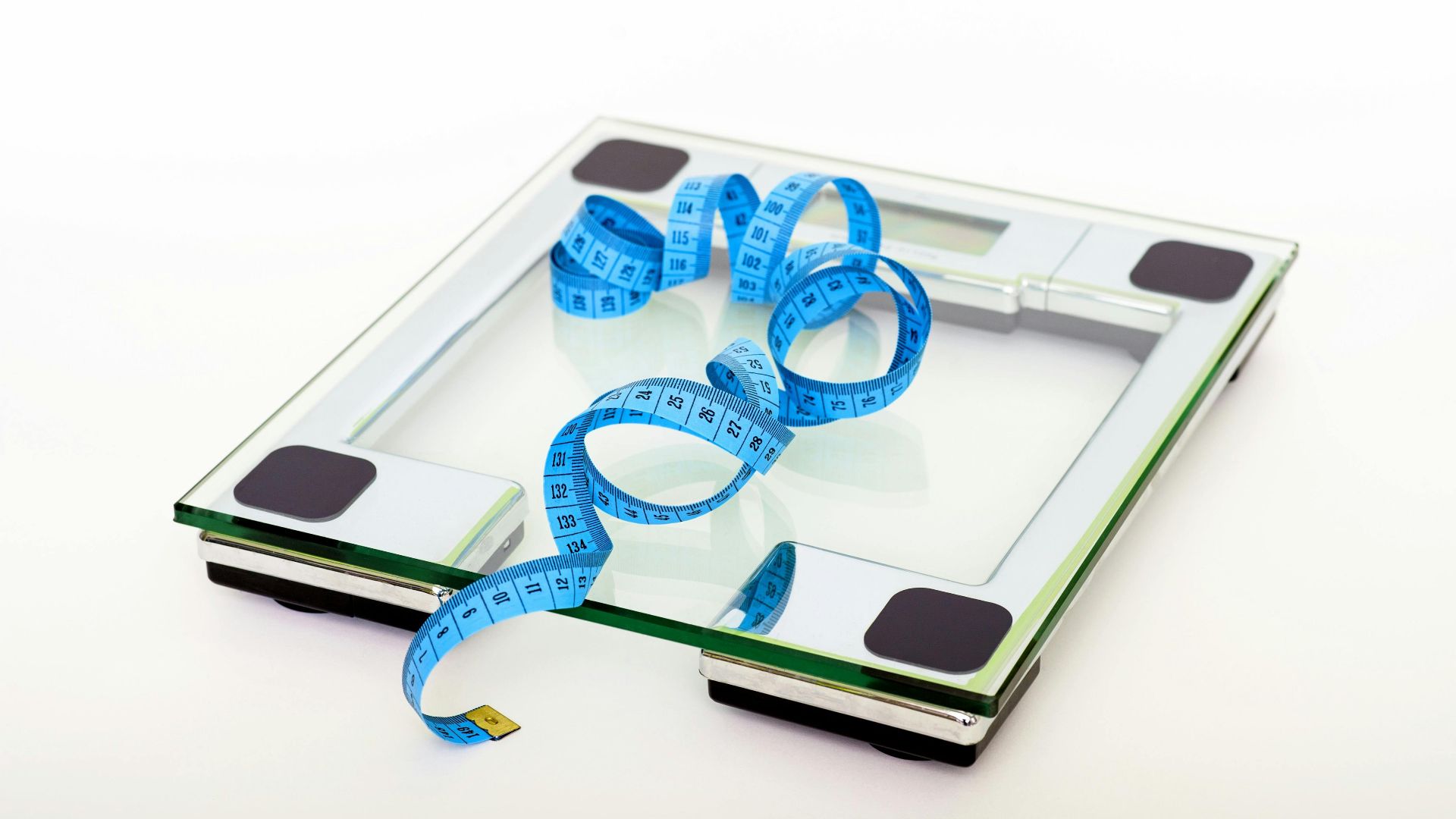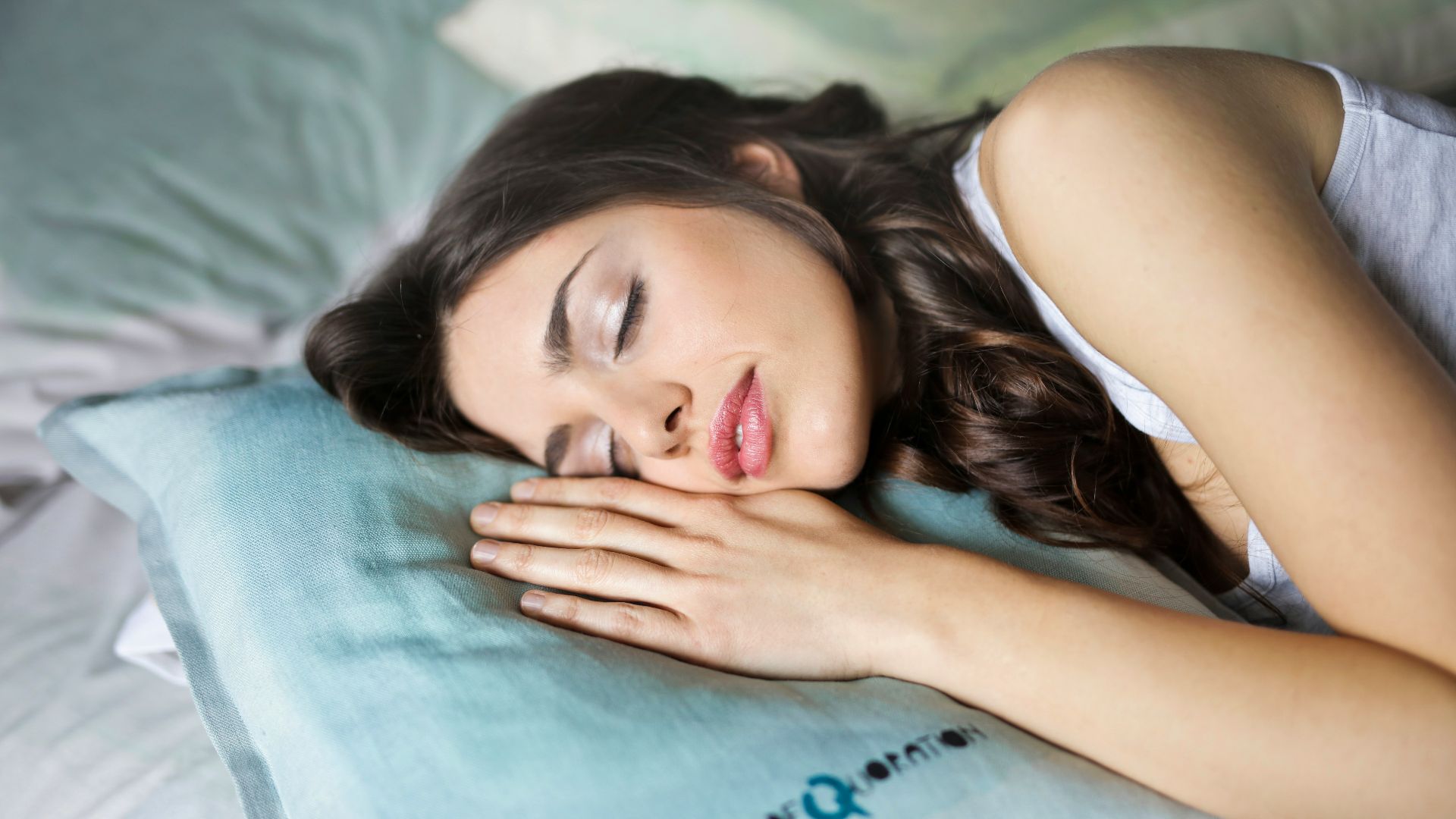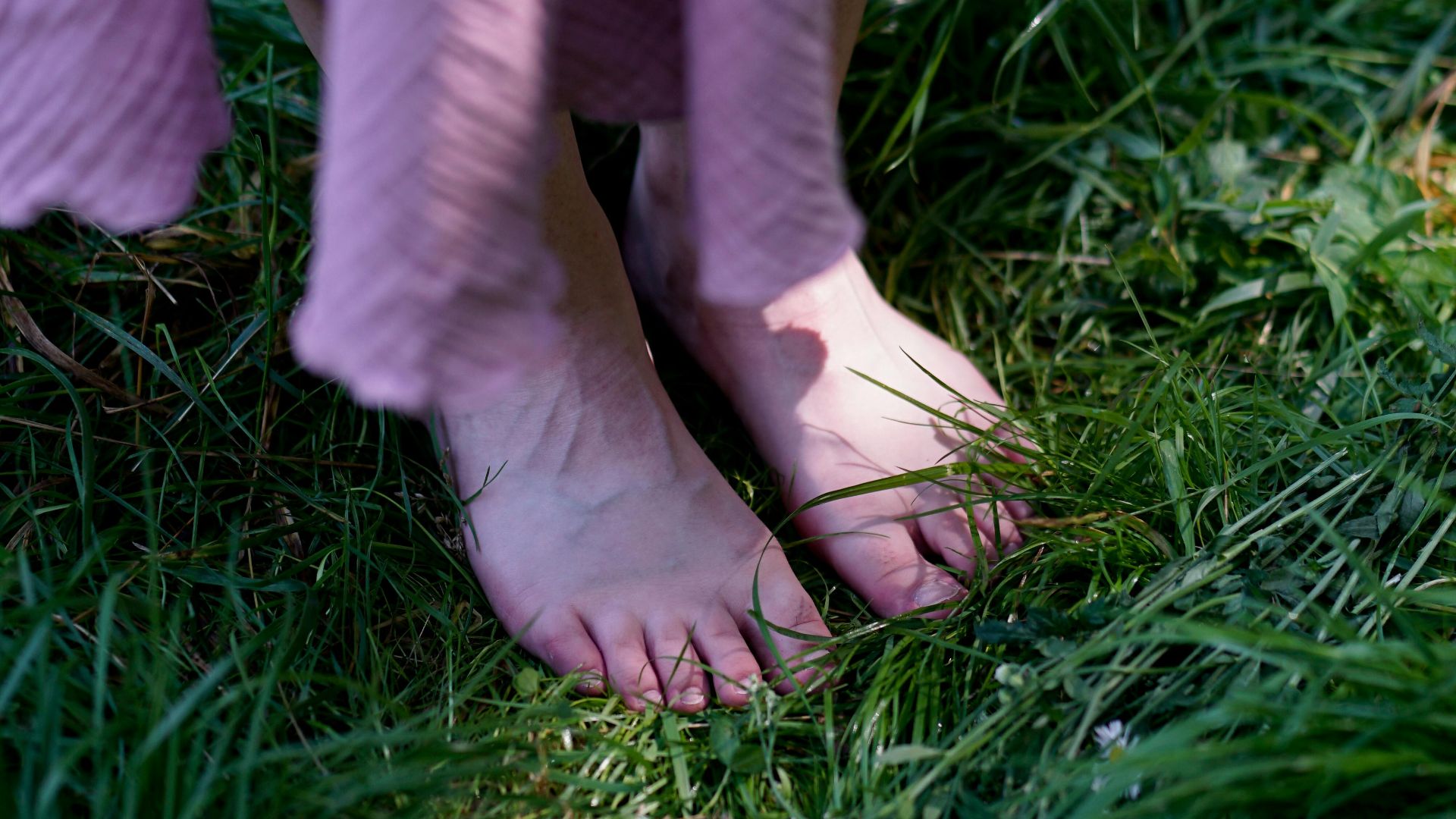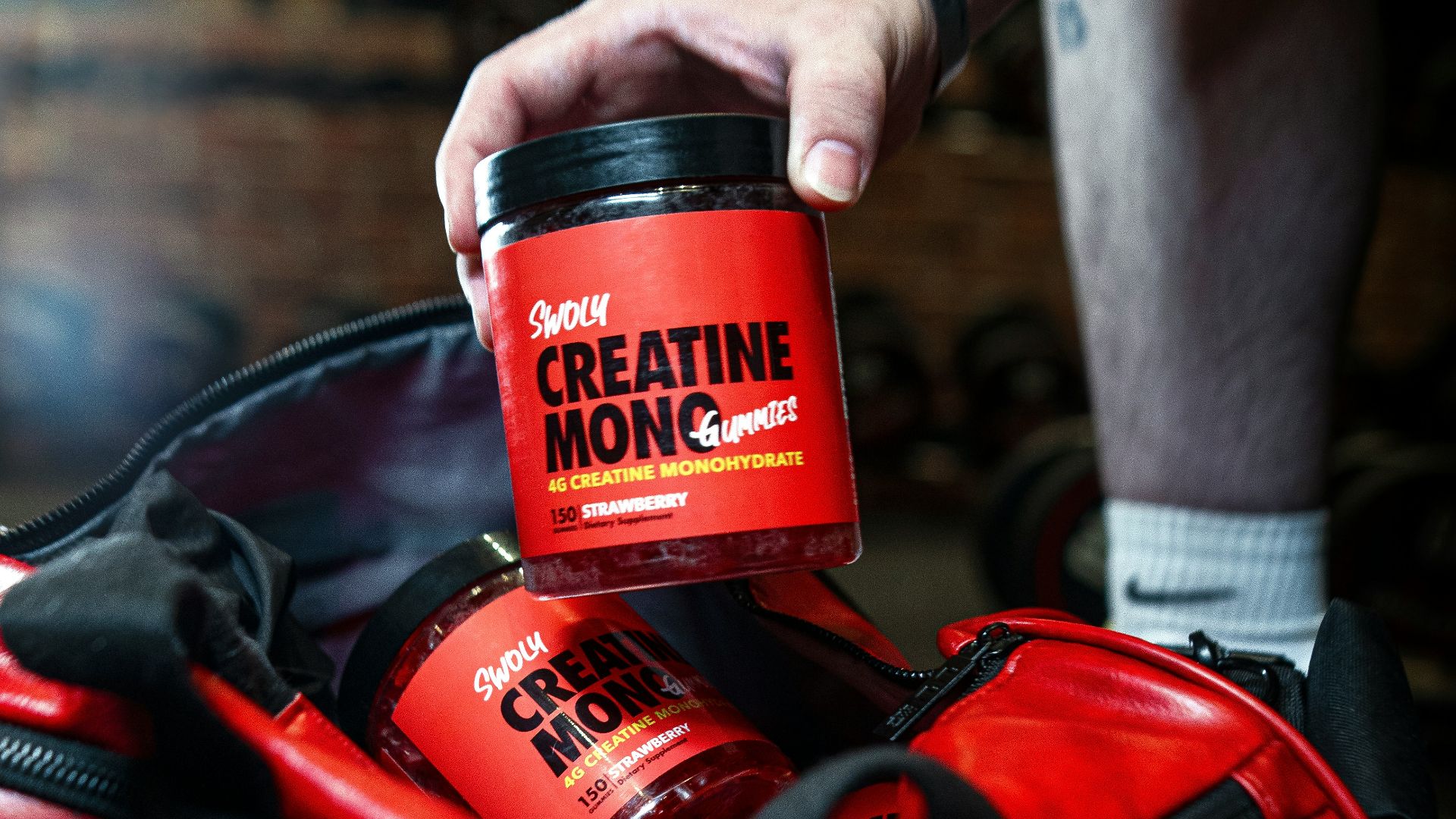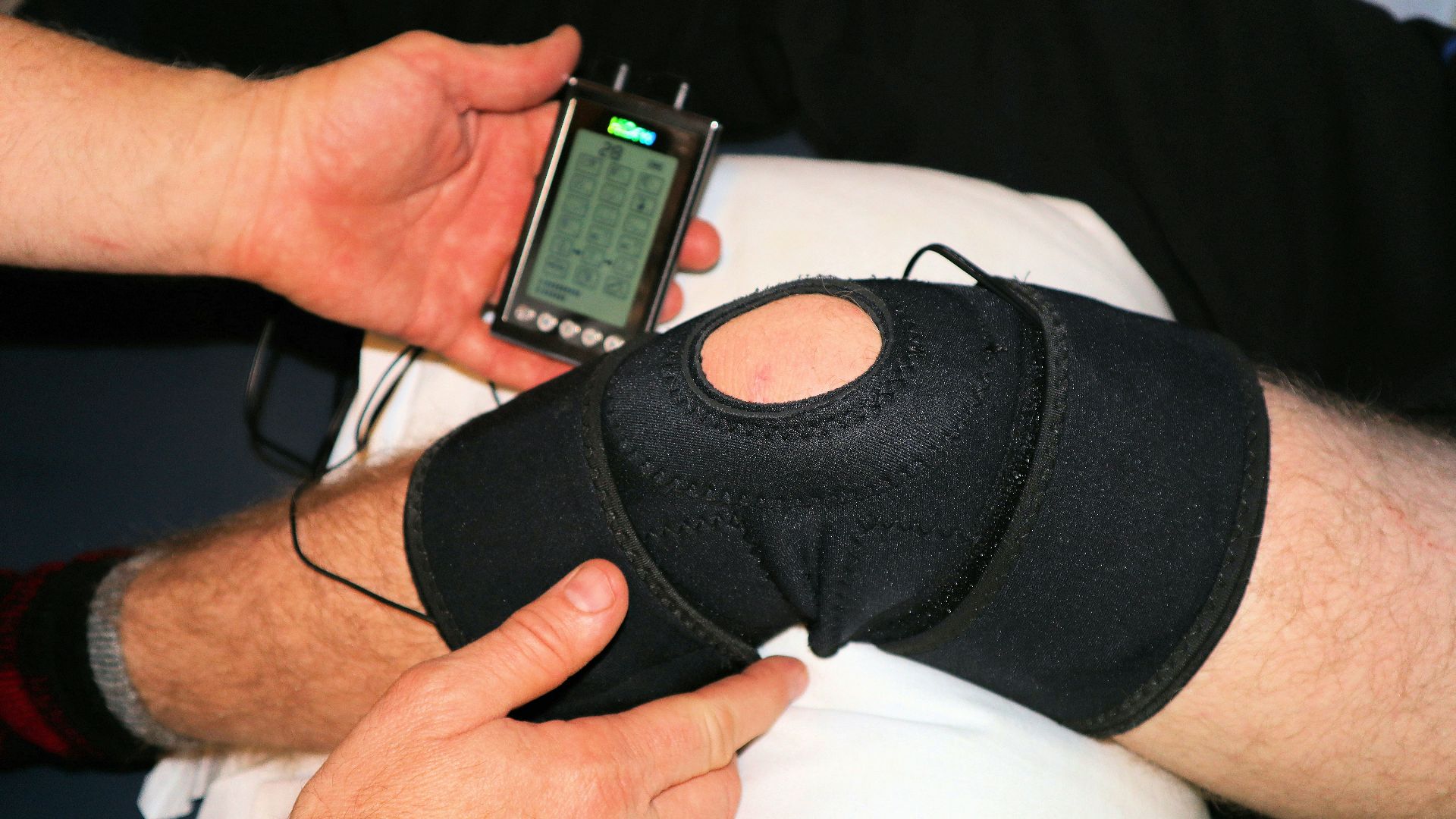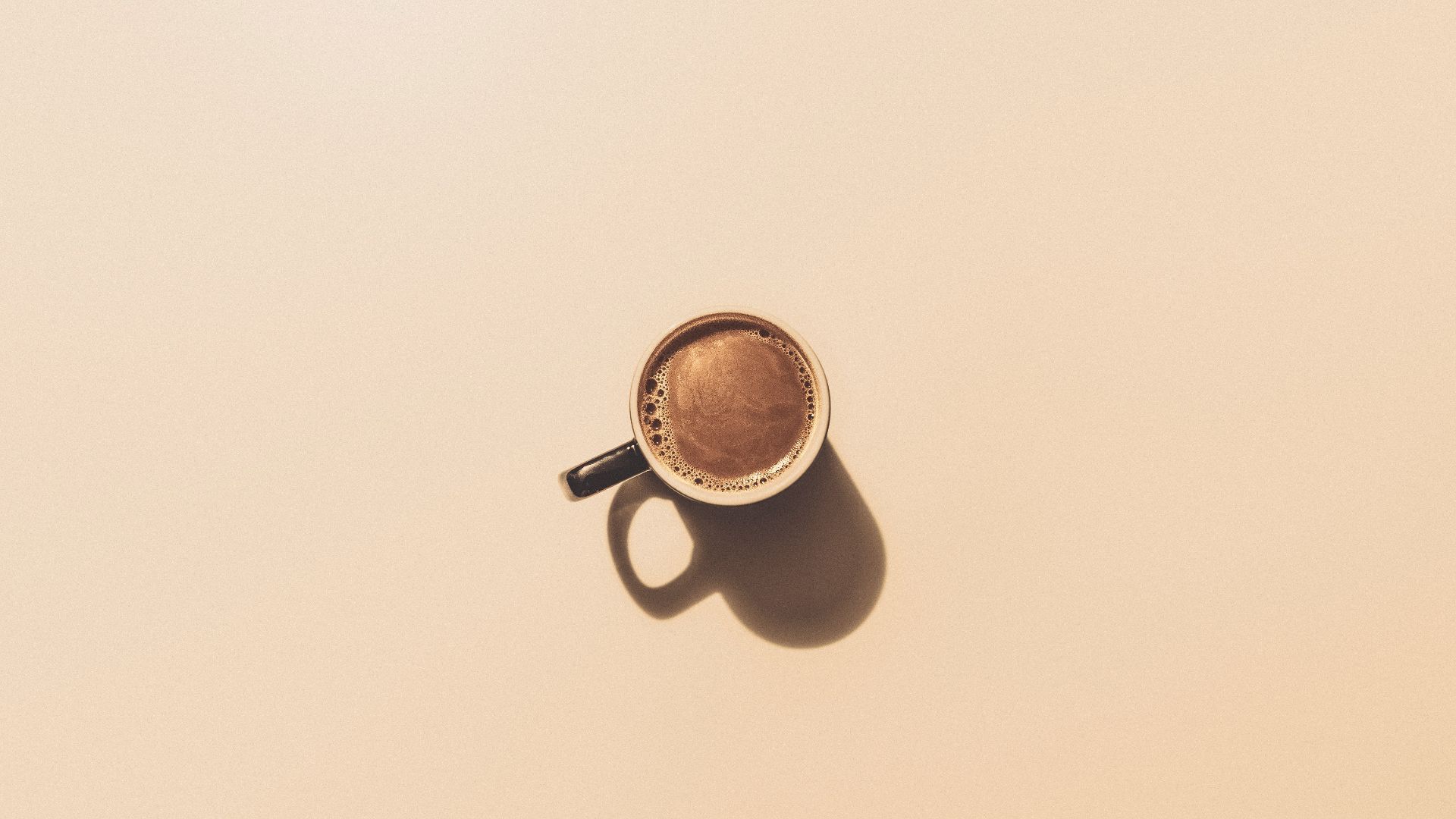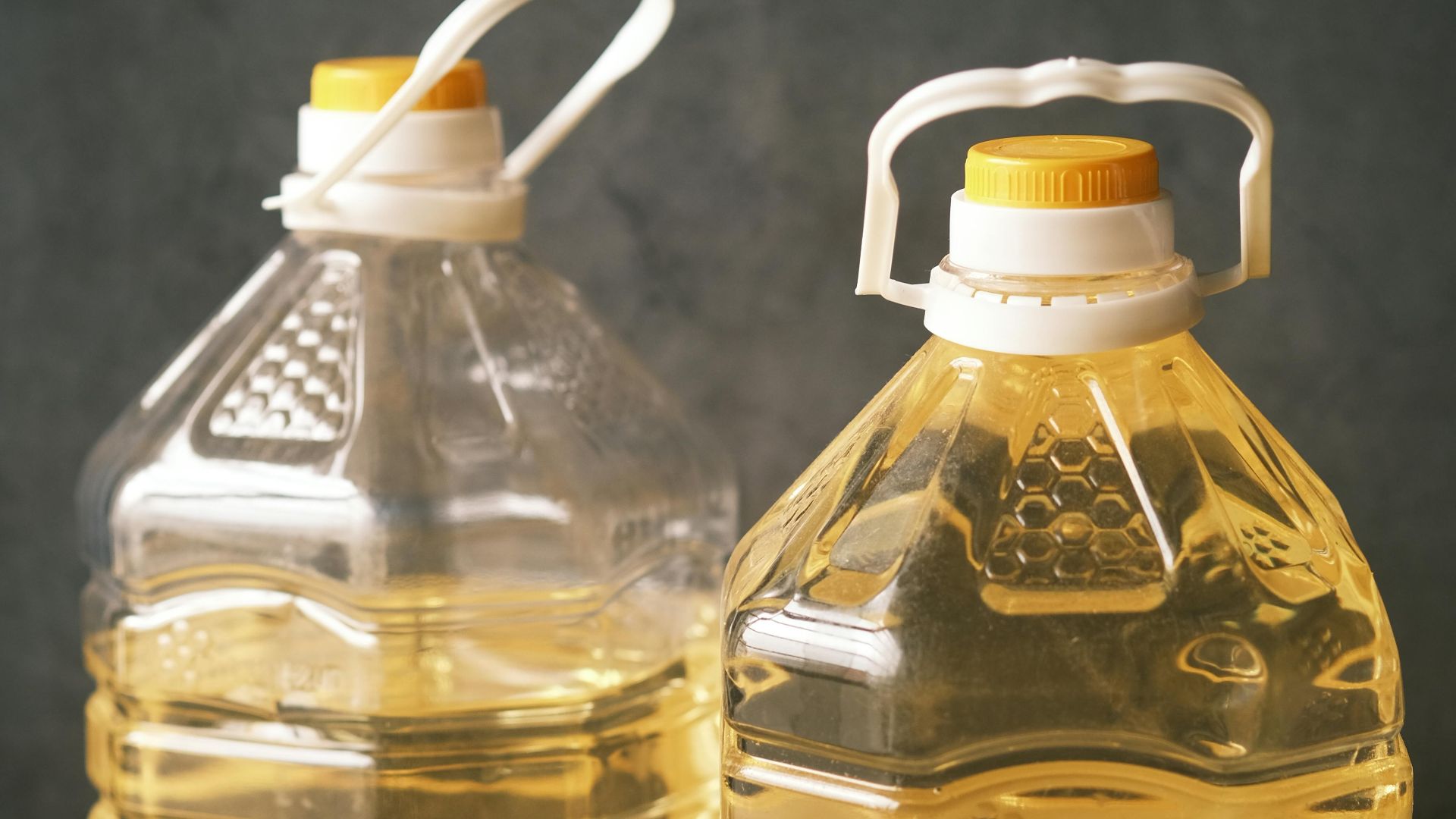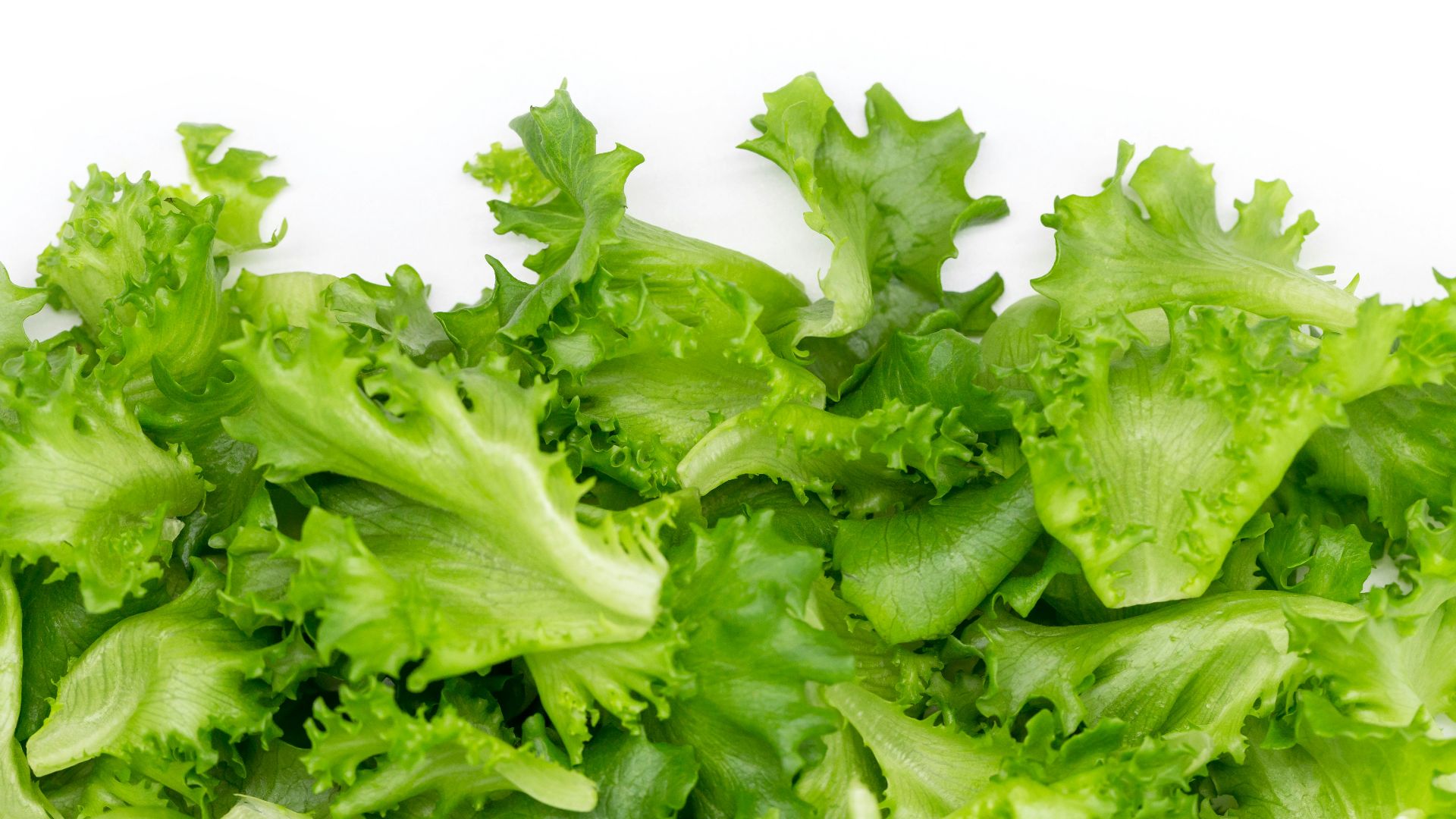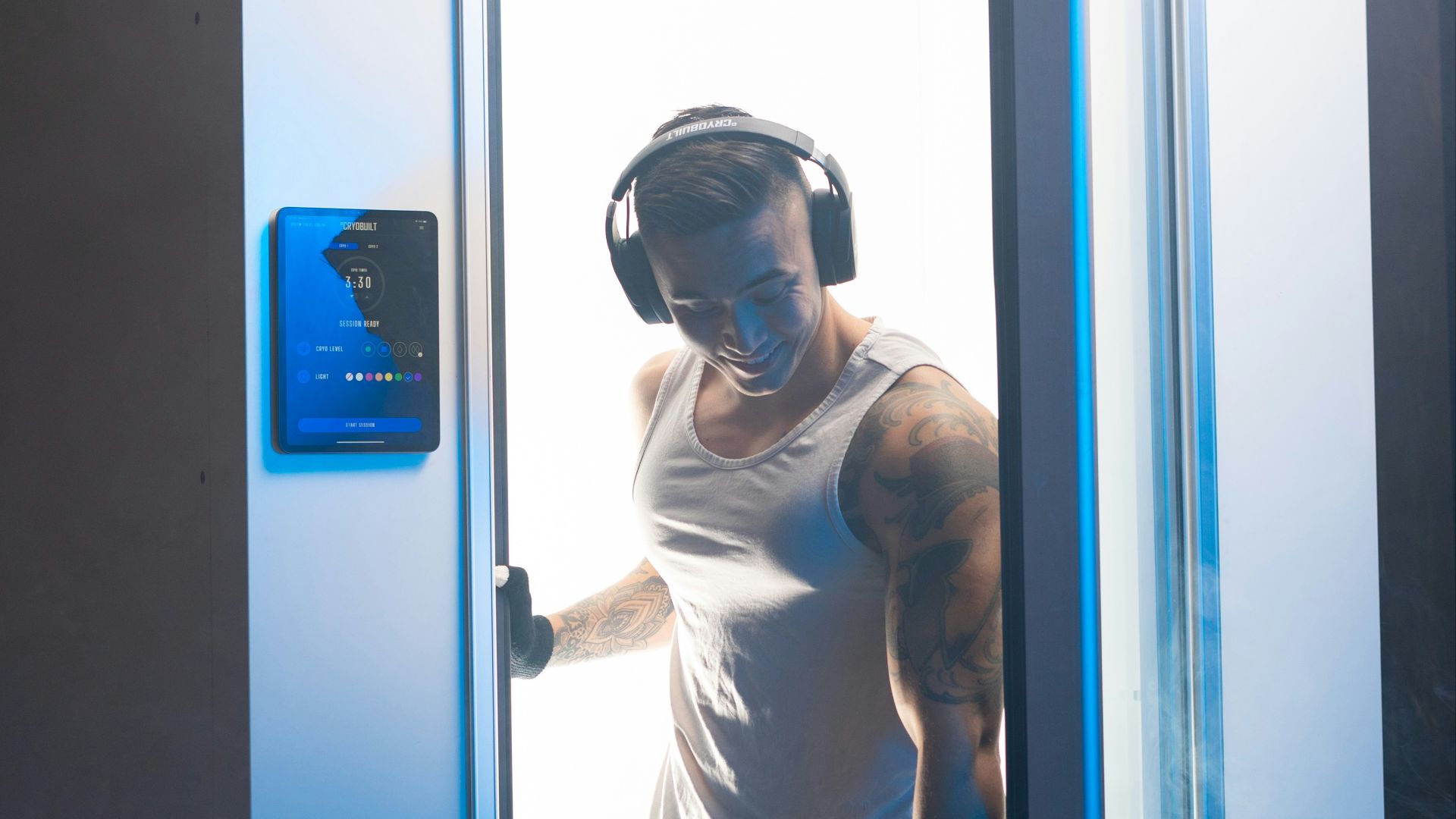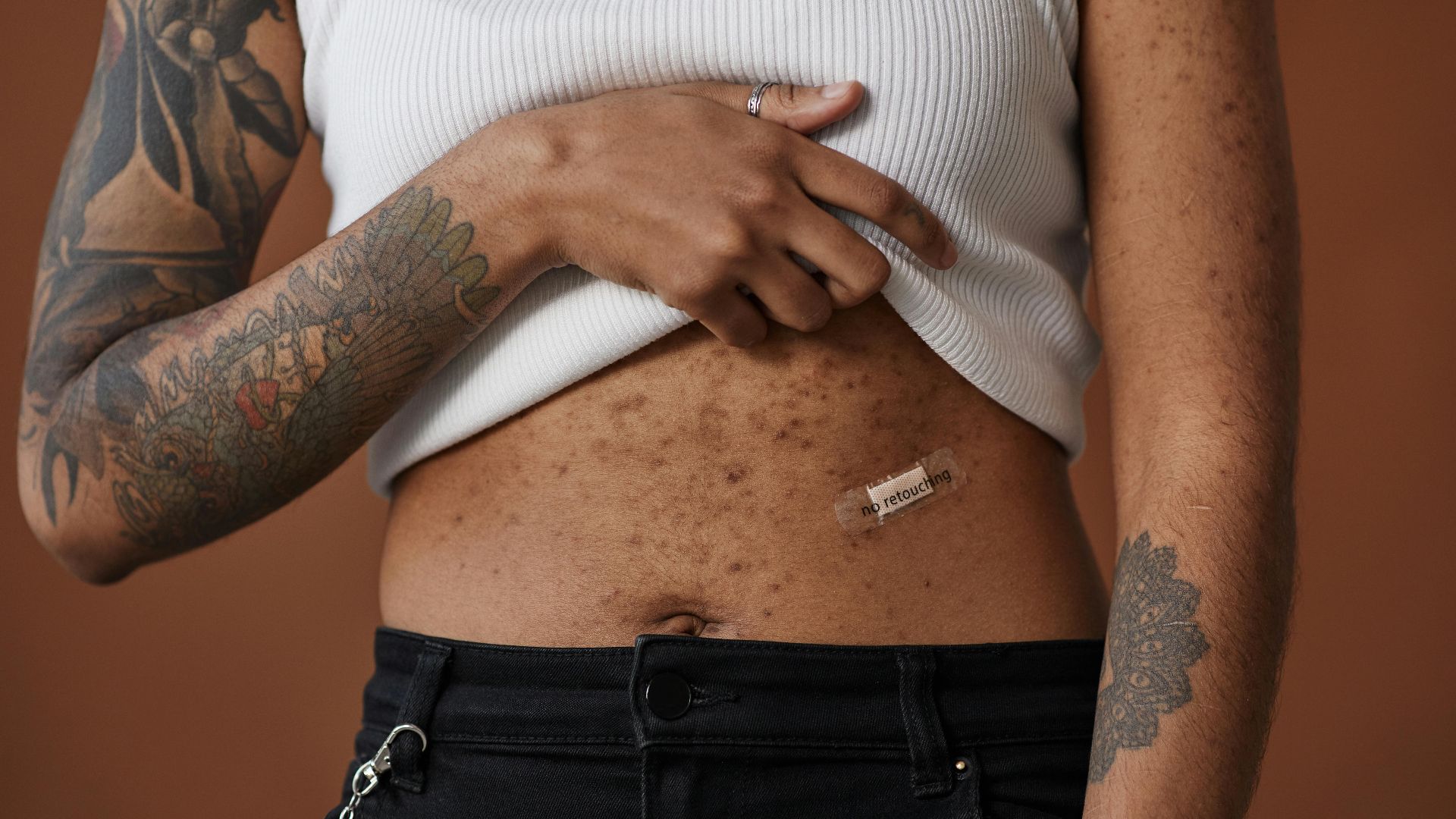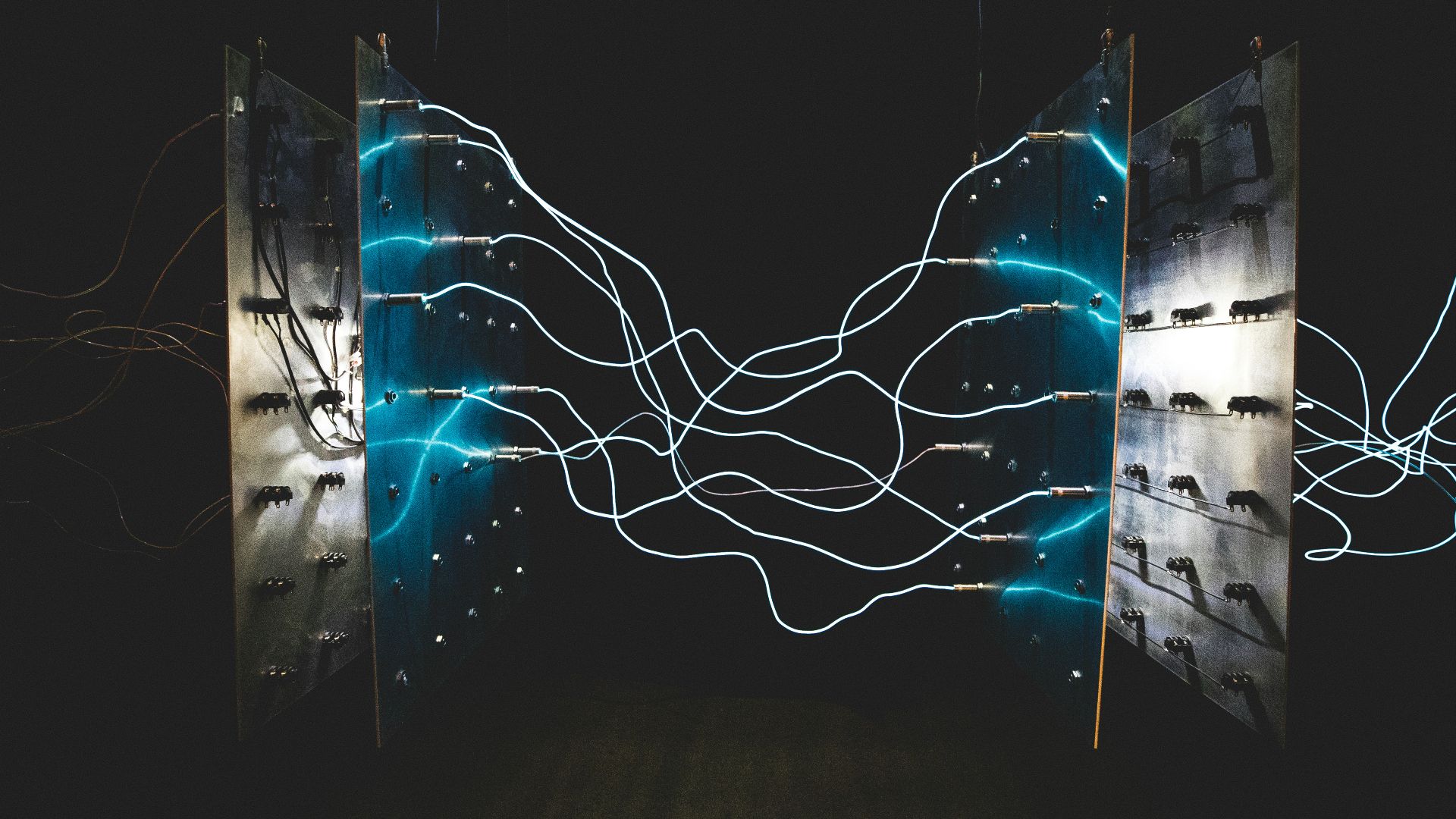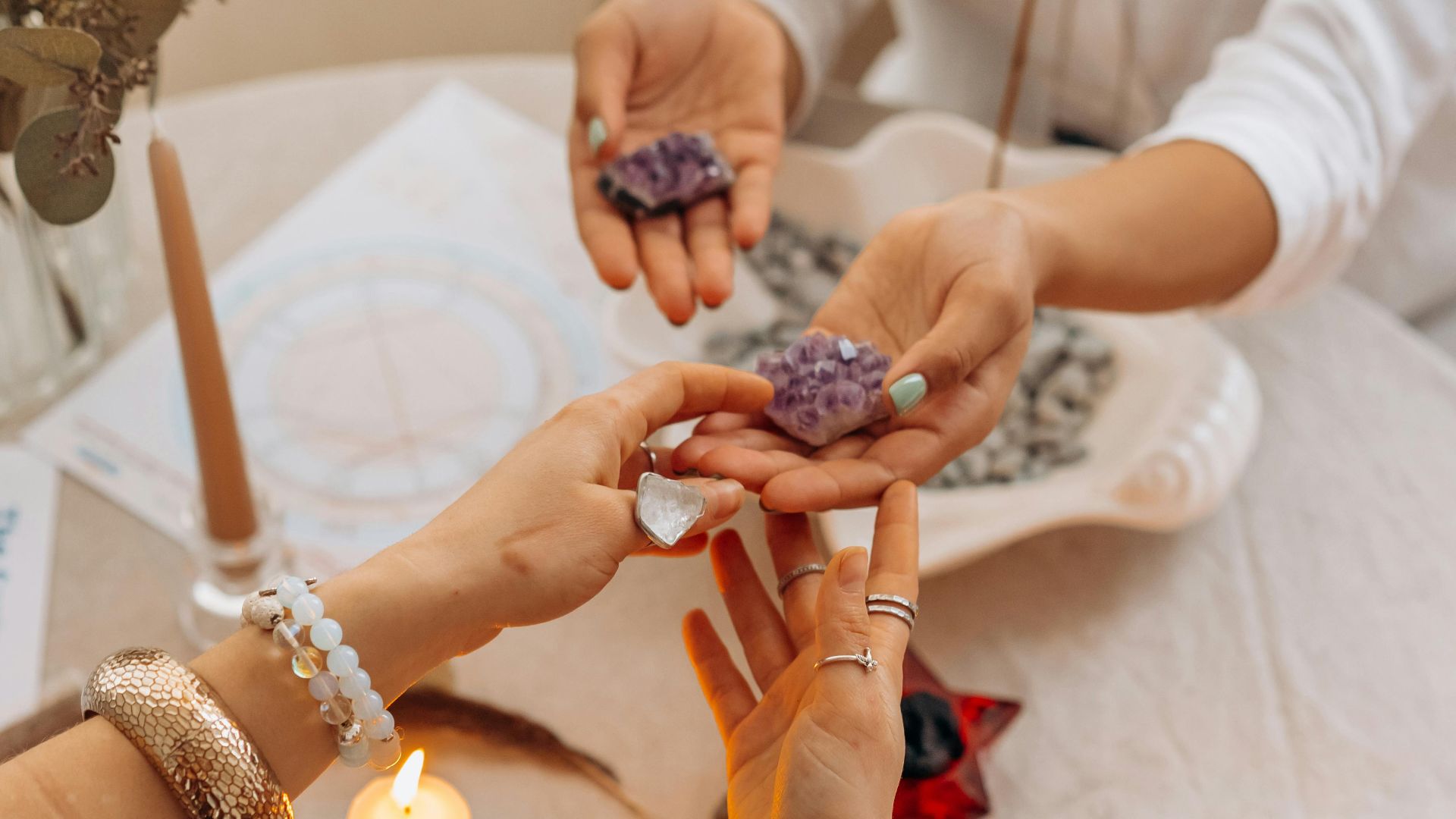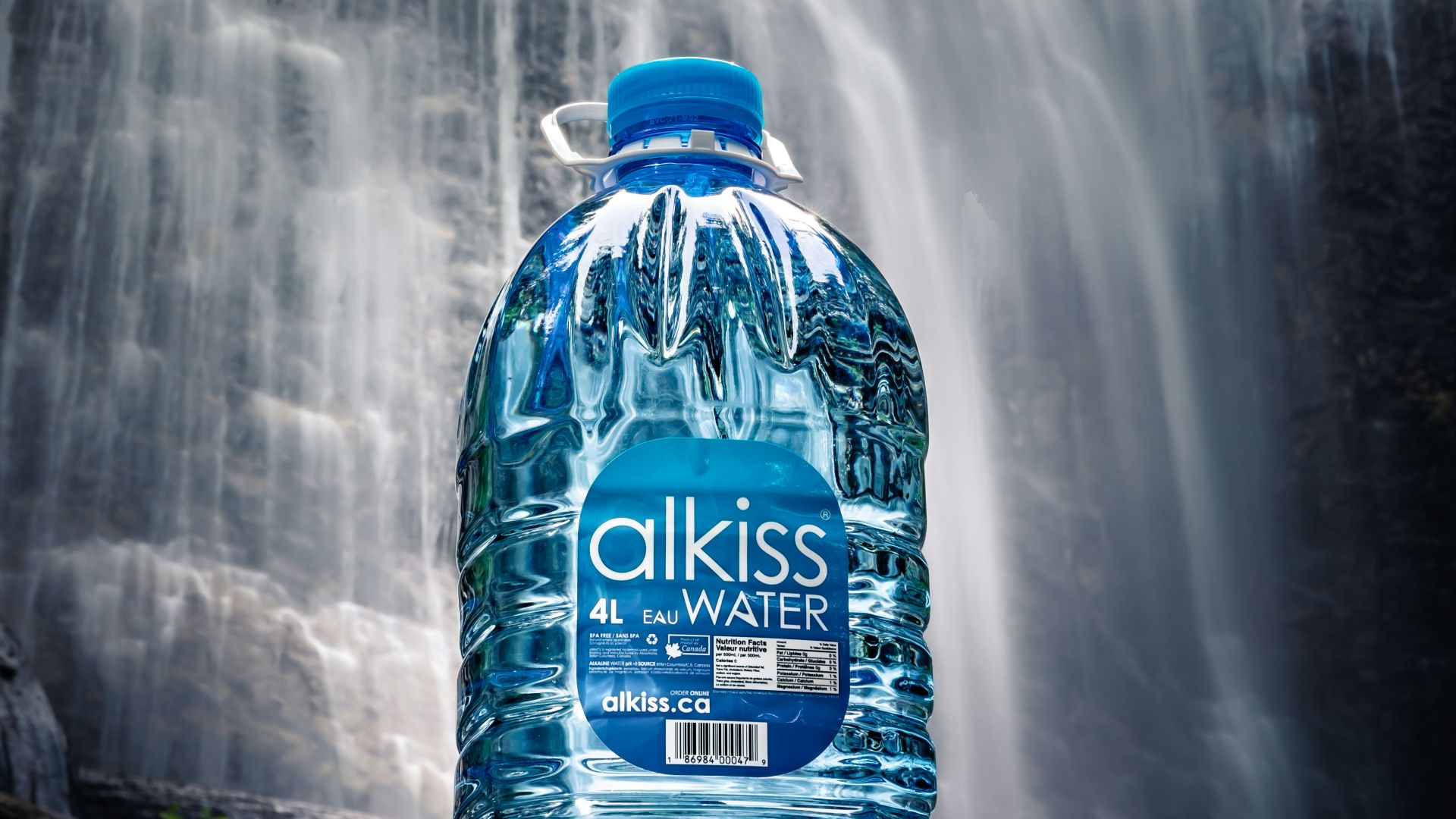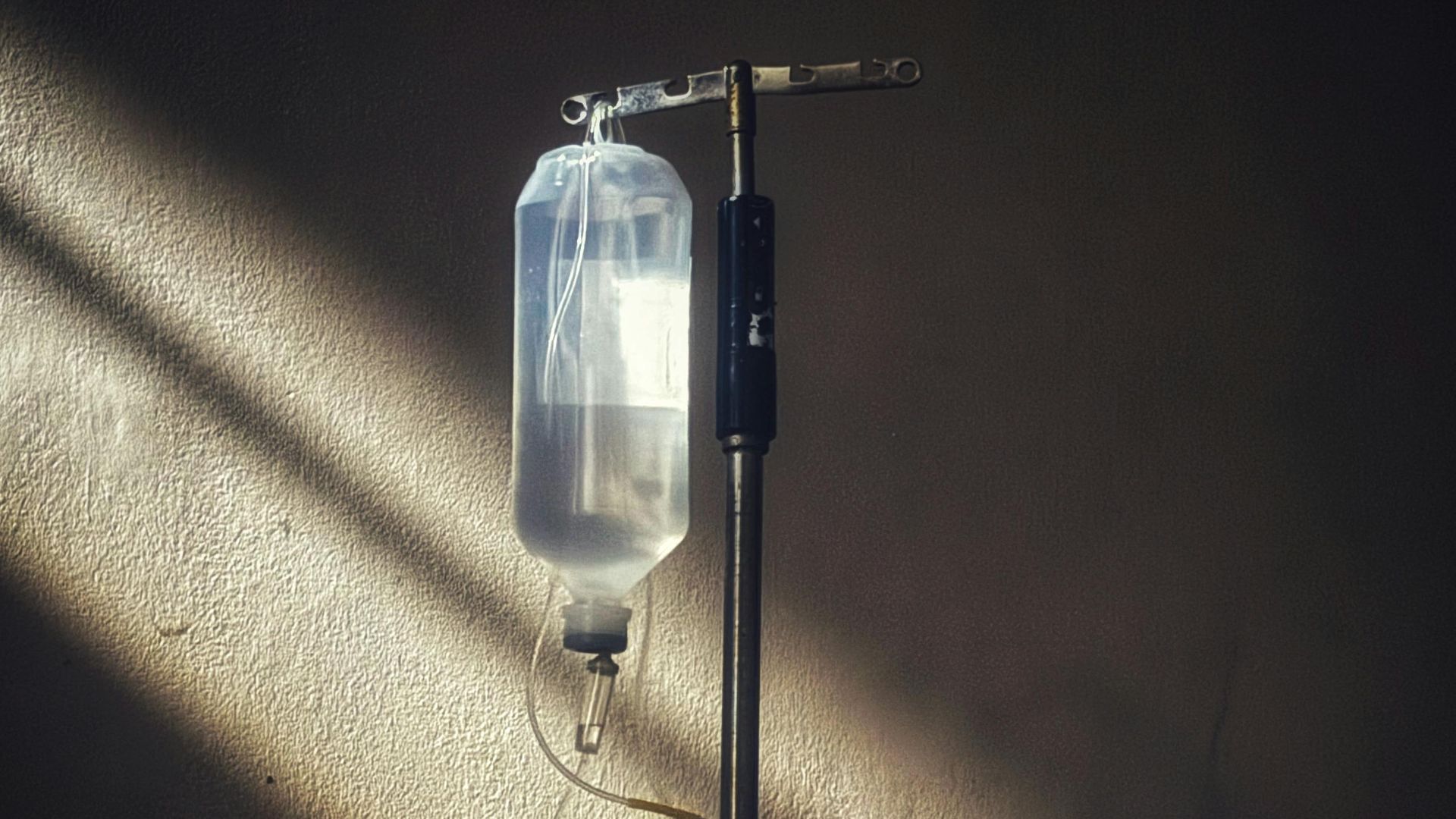10 Biohacks Athletes Swear By & 10 That Are Total Nonsense
Which Biohacks Are Worth Investing In?
In search of peak performance, athletes are usually at the forefront of experimenting on their own bodies. Biohacking is a "do-it-yourself" approach to health to optimize one's biology. While some biohacks are genuinely effective and backed by science, others are wacky inventions wrapped in effective marketing. Here are 10 biohacks athletes swear by to boost endurance or speed up recovery, and 10 that are bogus.
1. Contrast Therapy
Contrast therapy is the practice of switching from cold plunges to saunas. This reduces inflammation, improves circulation, and helps with muscle soreness and recovery.
2. Red Light Therapy
Red light therapy uses low-level red light to stimulate cells to promote healing and cell regeneration. This helps speed up muscle recovery, reduces pain, and increases energy in cells.
3. Intermittent Fasting
Intermittent fasting helps athletes reduce body fat and enhances insulin activity. It may also reduce inflammation and improve the body's stress response, allowing for faster recovery after workouts.
4. Optimizing Sleep
Sleep is extremely important for recovery and muscle repair. Prioritizing and optimizing sleep leads to better speed, endurancdecision-makinging, and faster reaction times.
5. Breathwork
Breathwork has several benefits for athletes, including reducing pre-competition anxiety and improving focus. By calming the nervous system, it also aids in faster recovery and can even improve endurance.
 Angelina Sarycheva on Unsplash
Angelina Sarycheva on Unsplash
6. Nutrient Timing
Nutrition is not just what you eat, but when you eat it. Nutrient timing, such as consuming a post-workout protein shake within 30 minutes after a training session, is important for muscle growth, strength, performance, and recovery.
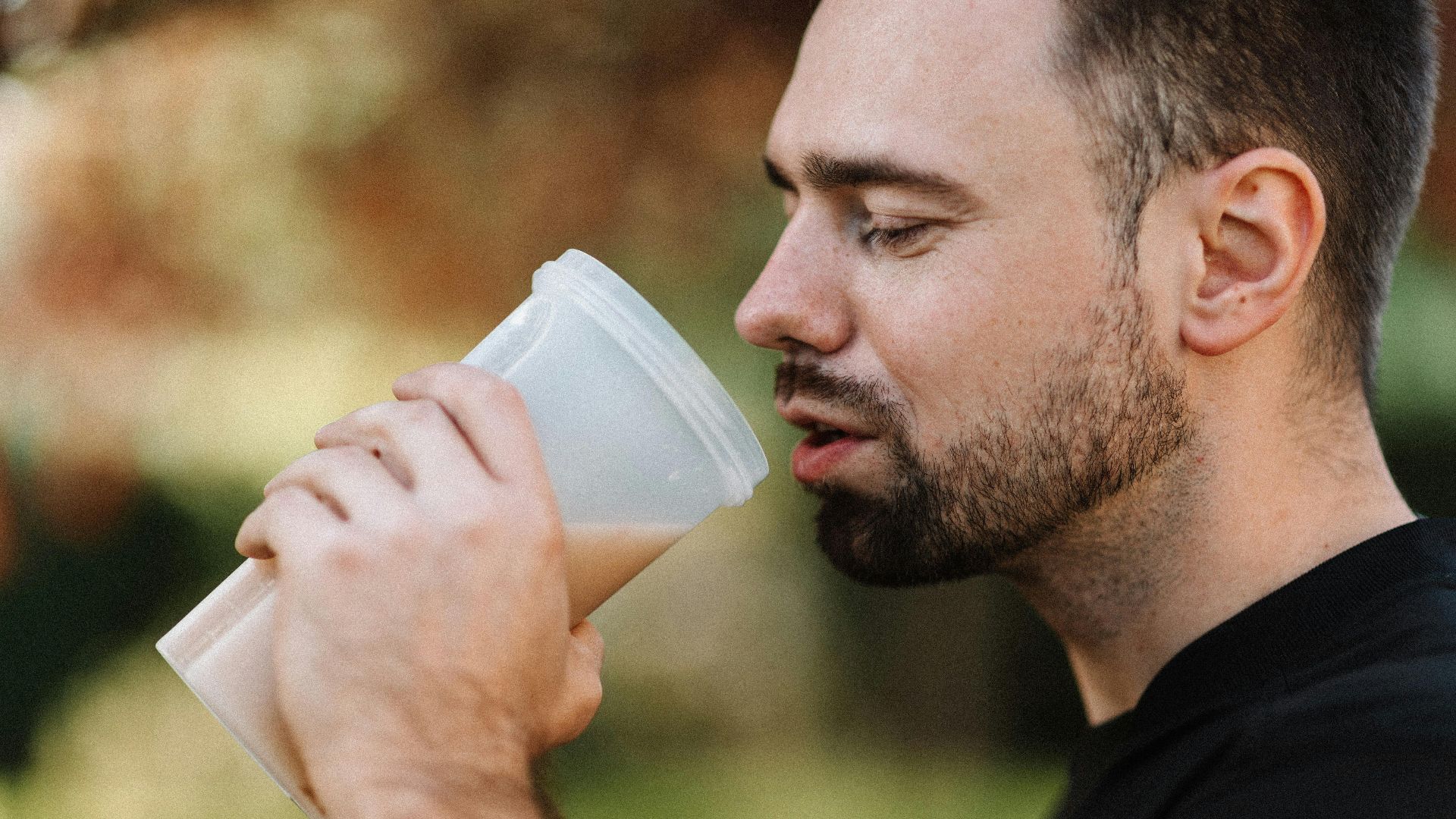 Photo By: Kaboompics.com on Pexels
Photo By: Kaboompics.com on Pexels
7. Meditation
Meditation is good for athletes because it enhances mental focus, clarity and reduces stress. It can help athletes reach their "flow state," performing at their peak more frequently.
8. Grounding
Grounding is the therapeutic practice of making direct skin contact with the earth's surface, such as walking barefoot on grass, sand, or dirt. Athletes swear by it as a self-soothing practice to improve sleep quality, reduce inflammation, and pain.
9. Creatine
Creatine is the most extensively studied supplement. It improves athletic performance by increasing cellular energy, muscle mass, and strength.
10. Compression Therapy
Compression therapy is the act of applying pressure to body parts using bandages or special stockings. It improves circulation, reduces swelling, and encourages blood flow, which makes for faster recovery and helps prevent injuries.
Now that we've covered some of the tried and true biohacks that athletes swear by, let's cover bogus ones.
1. Bulletproof Coffee
Bulletproof coffee was a Silicon Valley-born trend that involved replacing breakfast with a beverage that was essentially buttery coffee.
2. Avoiding Seed Oils
People avoid seed oils like canola or sunflower because of their high omega-6 content, which some health influencers believe leads to inflammation. However, most nutrition experts and studies actually suggest they offer health benefits.
3. Lettuce Tea
Lettuce tea is a beverage made from steeping lettuce leaves in hot water. It's intended to promote sleep, but there's no scientific evidence to support this.
4. Cryotherapy
Cryotherapy takes cold plunges to the next level. It's the practice of exposing your body to extremely cold (often -150°F) dry air for a few minutes to reduce muscle soreness. However, the evidence that this level of extreme cold is beneficial is lacking, and it can lead to frostbite and other skin damage.
5. Stem Cell Patches
Stem cell patches claim to improve strength and stamina by reflecting certain wavelengths of light from your body heat to elevate a specific peptide. However, there's little to no evidence to support the science behind these patches.
6. Magnet Therapy
Magnet therapy supposedly works by attracting or repelling charged particles in the bloodstream to promote healing and relieve pain. However, there's no evidence to support the efficacy of this kind of treatment.
7. Crystal Healing
Crystal healing involves using gemstones to promote well-being under the belief that crystals emit special frequencies. There's no evidence to support that these stones actually interact with the body's physiology in any way, but the practice is generally safe, and the placebo effect works for some people.
8. Alkaline Water
The idea behind drinking alkaline water, which has a higher pH level than normal water, is that it can neutralize acids in the body. Proponents of drinking alkaline water believe that most people's diets are too high in acid, and that's the root of diseases. However, no credible evidence supports this.
9. Raw Water
Raw water is untreated, unfiltered water collected directly from natural sources like springs, rivers, or rain. Some people believe modern water treatment removes beneficial minerals and that drinking straight from natural sources is healthier because it's how humans have historically consumed water. However, in reality, drinking raw water exposes your body to bacteria, parasites, and viruses.
10. Vitamin IV Drips For Healthy People
Promoted by celebrities and influencers, it became popular in wellness circles to be treated with vitamin IV drips for a quick energy boost, hangover cure, or to strengthen the immune system. However, for healthy people, there's no evidence suggesting vitamin IV drips are actually going to give you any benefits.
KEEP ON READING





